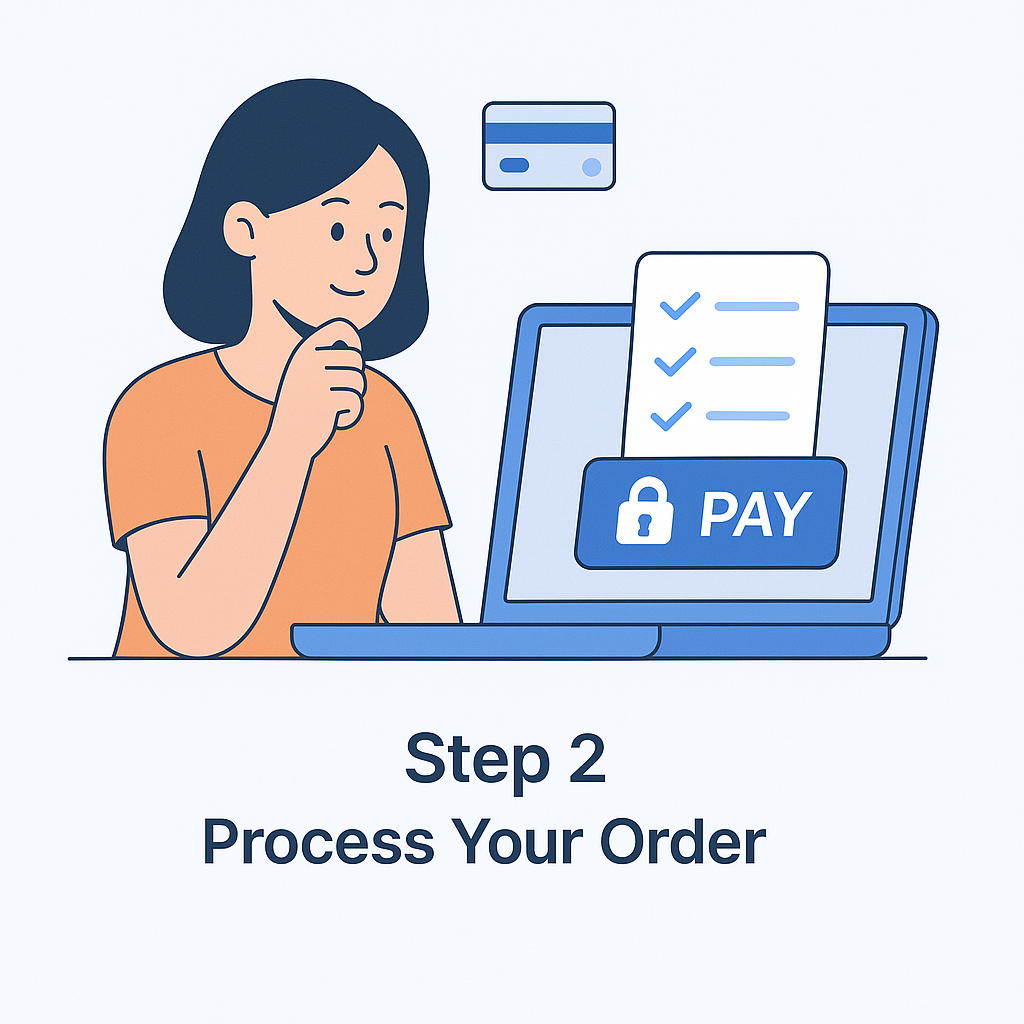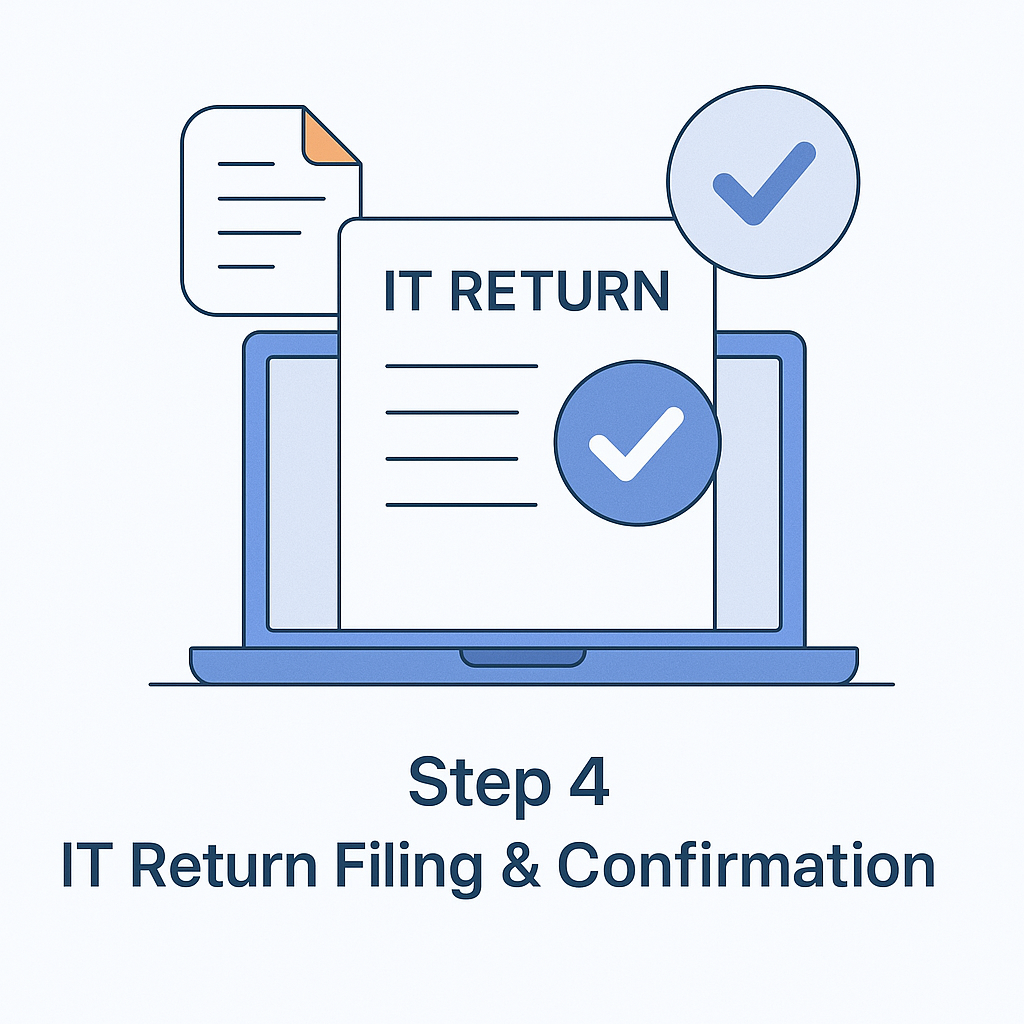
What you need to know about Excise Duty
The tax pattern in India is structured in such a way where taxpayers are required to pay taxes for many reasons that include Income Tax, Sales Tax, Entertainment Tax, Value Added Tax etc. Earning citizens are required to pay these taxes as they have a huge impact on the government’s fund which is used for the economic and social development of India. Excise Duty is one such tax that exists within the manufacturing industry.
The Structure and Components of Form 16 in India Get Details
Excise Tax can be explained as a type of indirect taxation, applicable for production and selling of goods that happens only within the territories of India. Excise Tax is completely different from Customs Duty, where taxes are levied on goods produced outside a country.
Excise Duty falls under the Excise Duty Act, 1944 which was initially proposed to help the government to generate revenue, however, Excise Duty has become a vital part of Fiscal Policy by taking a critical role in the growth of Indian economy.
Classification of Excise Taxes in India
Currently, in India, there are 7 types of Excise Duty in practice
Basic Excise Duty
Basic Excise Duty is levied as per the First Schedule of the Central Excise Tariff Act, 1985, where taxes are charged on all goods except on salt under the Central Excises and Salt Act 1944.
National Calamity Contingent Duty
National Calamity Contingent Duty or NCCD is applicable as per Section 136 of the Finance Act, 2001. NCCD is an additional tax imposed upon certain types of specified goods.
Special Excise Duty
Special Excise Taxes are imposed on every excisable item upon which there is a Basic Excise Duty (BED), as per the Second Schedule of the Central Excise Tariff Act, 1985.
Excise Duties and Cess Leviable under Miscellaneous Act
These are additional duties levied on certain specified goods, where the prescribed rate of Excise Duty and Cess is also leviable.
Additional Duties of Excise (Textiles/Textile Articles)
Additional Duties of Excise is imposed as per the Section 3 of the Additional Duties of Excise (Textiles and Textiles Articles) Act, 1978. This tax is quoted as 15% rate of the Basic Excise Duty that is payable on Specified Textile Articles.
Education Cess
The Education Cess is implemented as per the existing law for Excise Taxes of the Central Excise Act 1944.
Additional Duties of Excise (Goods with Special Importance)
This tax is levied according to the First Schedule of the Additional Duties of Excise Act, 1957 for goods under special Importance. A decisive panel for excise taxes are made on a yearly basis, based on the Finance Act. Additional Duties of Excise under this category specifically deals with product manufacturing.
A Detailed Look Inside the Benefits of GST in India Get Details
What are the categories of Excise Taxpayers?
Excise Duties are liabilities applicable to manufacturers and producers of goods.

These manufacturers can be categorized as
- Manufacturers who fulfill the production themselves.
- Manufacturers who get the goods produced by employing hired labour.
- Manufacturers who have the goods produced by a second party.
For Excise Taxes, the duty is paid during removal of goods where the following transactions and activities are considered as removal
- Sale of goods.
- Transfer of goods to a different unit.
- Transfer of goods to warehouses.
- Free distribution of goods.
- Captive consumption.
Acts and Rules for the Collection of Excise Duty
As per the Central Excise Act Authority, 1944, taxes are imposed on manufacturer and producer of goods. All the tax rates under this act are stated under the Central Excise Tariff Act, 1985. Excise Duty is charged on certain textile products such as yarn, fiber, etc. An Additional Excise Duty under Additional Duties of Excise (Textiles and Textile Articles) Act, 1975, is also charged. The Additional Duties of Excise Act, 1957 and Miscellaneous Cess Acts allows and approves collection of Additional Excise Duty and Cess respectively on numerous items.
The category of items that are excisable for Excise Duties
Apart from alcohol and narcotics taxes imposed by one’s state government, the Central government charges Excise Duty on the following products
- Animals and Animal Products Any type of live animal, meat, seafood, bird’s eggs, natural honey and any products derived from animals are liable for Excise Duty.
- Vegetable Products In this category, manufacturers who make products derived from any live trees, plants and parts of a plant like its bulb, roots etc. that can be utilized for ornamental purpose, edible oil etc. becomes eligible for Excise Tax.
- Products Manufactured from non-renewable Sources When products are manufactured from precious metals or any other form of natural metal which are not chemically produced then Excise Duty is levied on such items.

The tax rates for all these excisable products are categorized under the Central Excise Tariff and Central Excise Duty of 2015.
What is the motive behind Excise Duty?
Like other taxes imposed on taxpayers, Excise Duty is also a part of the income that aids to government funds. The funds from Excise Duty and other Income Taxes are accumulated to ensure that a country has a smooth economic structure.
Excise Duty was proposed to make sure that the manufacturing industry is involved with every aspect of taxation, equally with the rest of taxpayers. Excise Taxes also help in controlling the sale of illegal goods as the prices for such goods increase due to its scarcity, preventing buyers from entertaining themselves with these segments.
While taxes collected by the government are generally used for building projects like roads, bridges, government buildings, healthcare system as well as sanitation maintenance, parks etc., these taxes also help in funding for proper maintenance of a country’s defense forces.
Get the detail process of Direct Tax in India Get Details
What are the ways to Evaluate Excisable Goods?
Evaluation of excisable goods is done based on any one of the two provisions manifested in the Central Excise Law of India. The two means of evaluation are estimated under section 4 of the Central Excise Act, 1944 and the Central Excise Tariff Act, 1985. The process of valuation of goods is a crucial step in determining the excisable goods.
Documentation
Under the Central Excise Act, 2002, an assessee must follow the procedure below
Registration It is required that the assesse must apply for Central Excise Registration Certificate from the Assistant or Deputy Commissioner of one’s own area.
Returns After self-assessment in ER-1 format, an assessee must file for Central Excise Returns within ten days from the closure of a month. The inspector or superintendent of Central Excise and Assessment will verify and finalize the returns.
Read More About
People Also Searched For
Frequently Asked Questions
In the News
-
Income tax return: 10 common mistakes that you must avoid while filing ITR
Zee News: Most taxpayers make the mistake of waiting till the last day to begin filling their tax returns. Vikas Dahiya, founder and CEO of All India ITR, says that this gives you little or no time to correct errors in your form and could result in you getting notices from the tax authority. Find out what other things could go wrong when you file your own returns.
31st July 2017
Zee News
 Tax
Tax
 Income Tax
Income Tax
 Sales Tax
Sales Tax
 TDS
TDS
 GST
GST
 Service Tax
Service Tax
 VAT
VAT
 Tax Calculator
Tax Calculator













